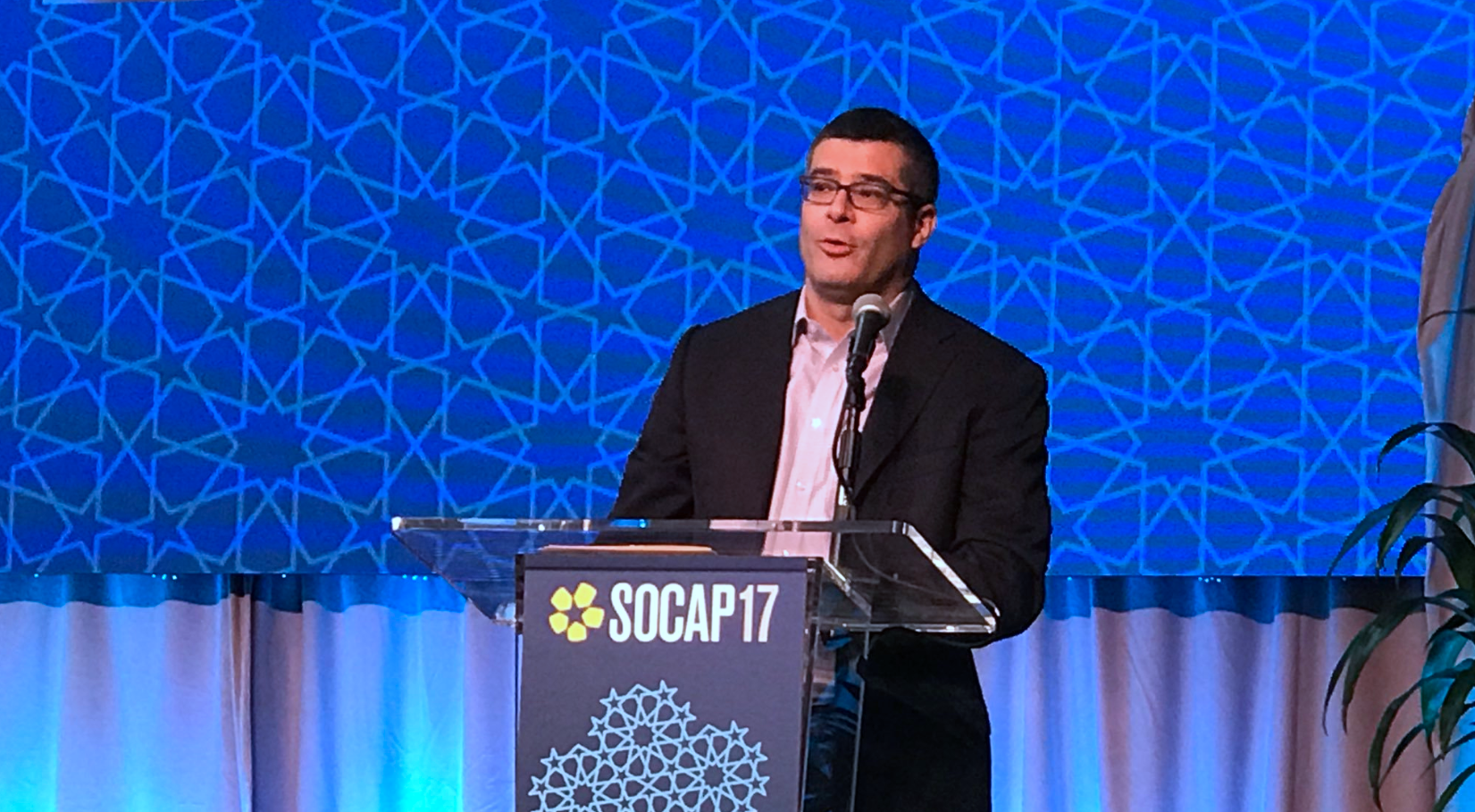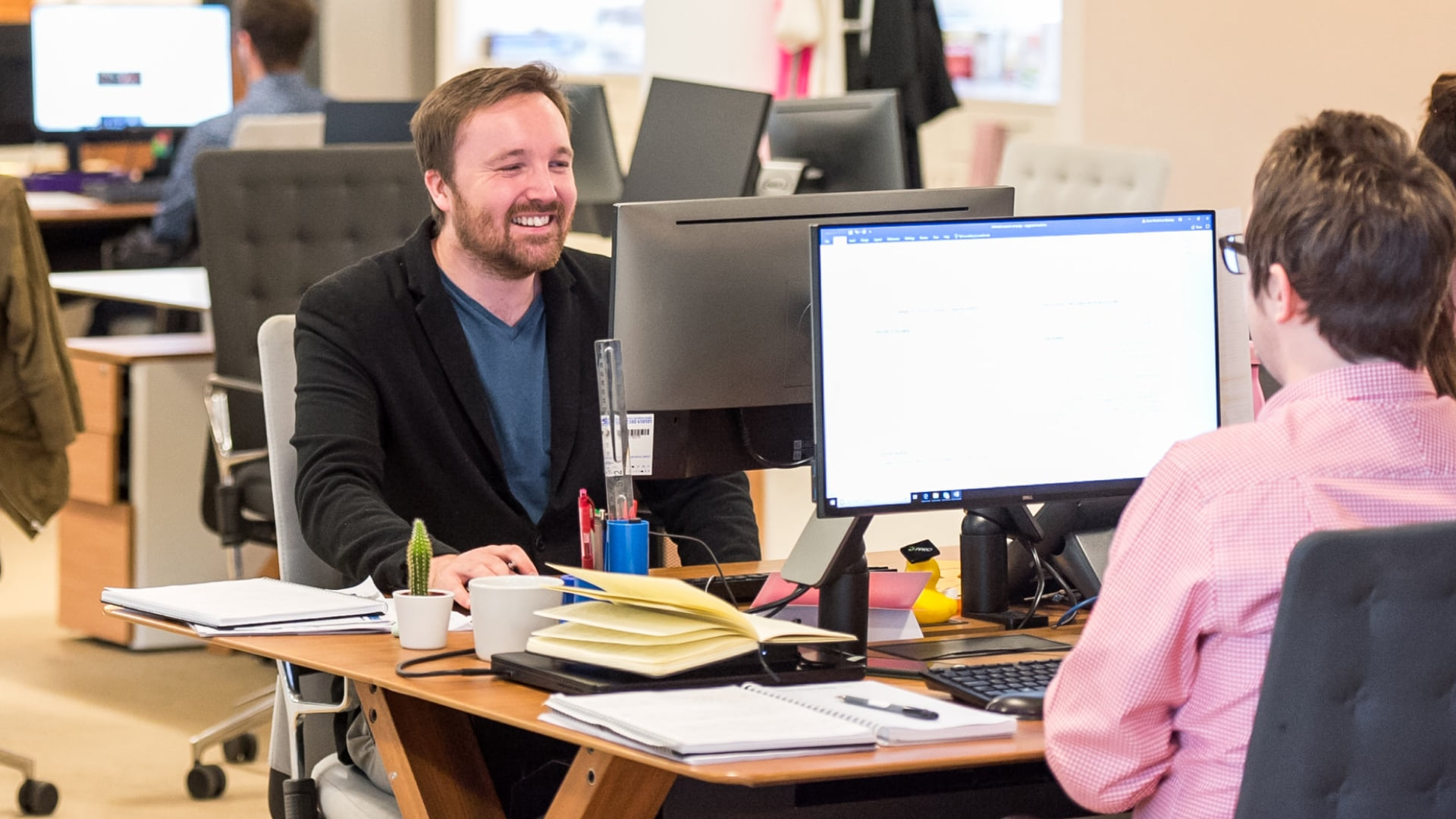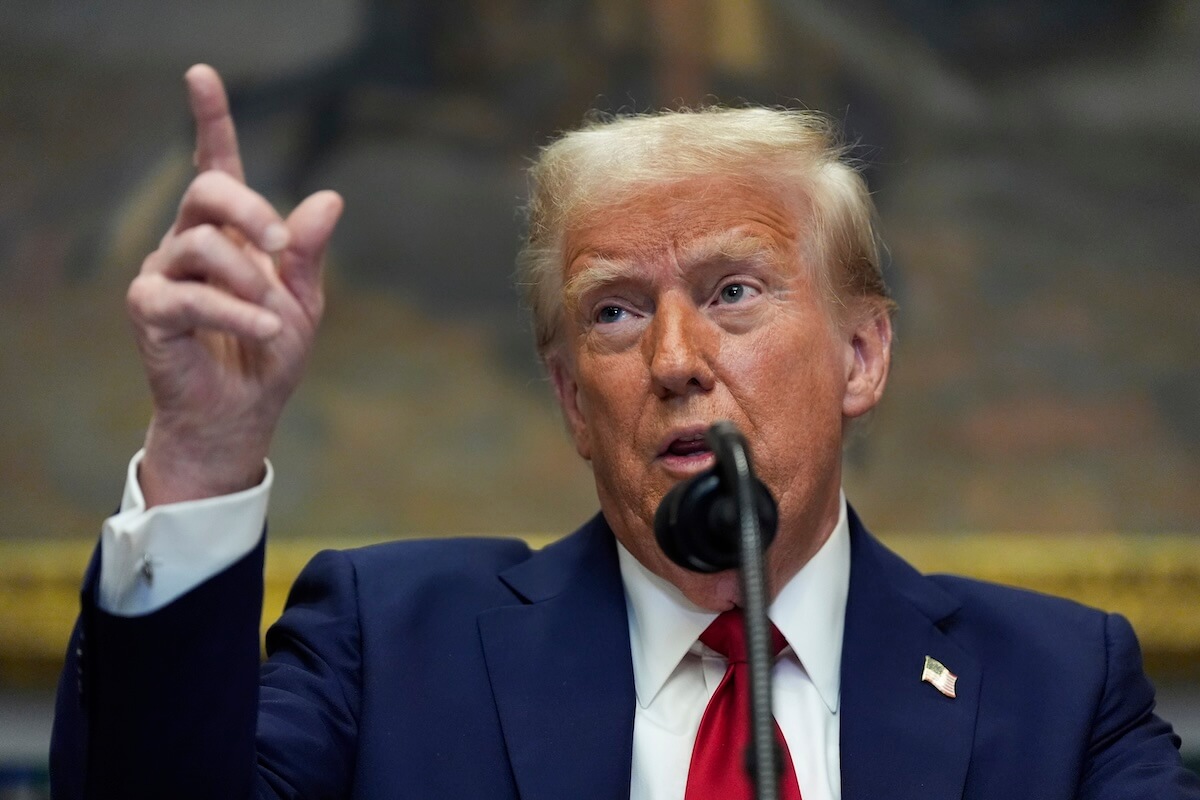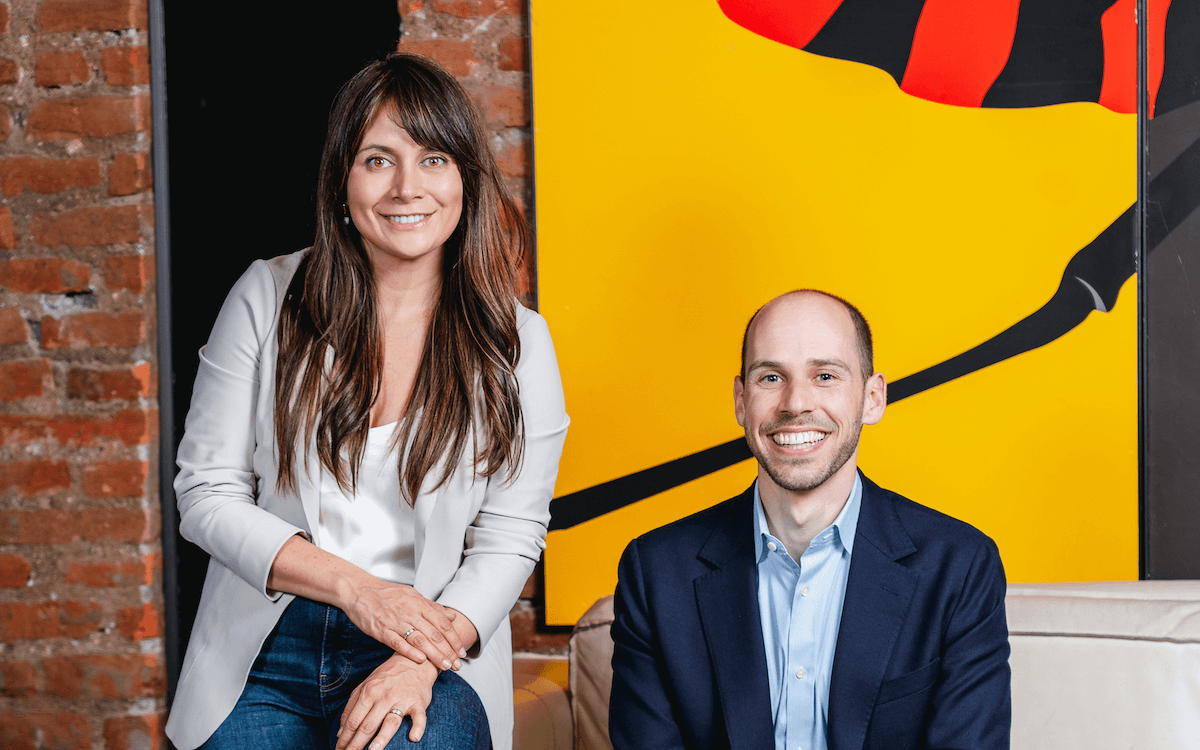ImpactAlpha’s What’s Next series, produced in partnership with the Global Impact Investing Network, provides a platform for practitioners and experts to reflect on the future of impact investing. The GIIN’s Amit Bouri kicked off the series with a call for the development of a trusted identity for impact investing. What’s next for impact investing? Send your responses to editor@impactalpha.com.
The Global Impact Investing Network’s Roadmap for the Future of Impact Investing includes a variety of calls to action to help the impact investing movement develop a shared identity — a critical ingredient for any successful movement.
At Mission Investors Exchange (MIE), the leading network of foundations engaged in impact investing, our members believe that a focus on impact should be at the heart of the movement, ultimately defining its identity and purpose.
Mission Forward: Foundation leaders meet to talk place, race and impact
This doesn’t mean that financial returns aren’t critical; indeed, many of our foundation members only make impact investments intended to produce market-rate returns. But as the field grows – and definitions of risk, return, and impact are debated and refined – philanthropy has a unique role to play in keeping the entire field laser-focused on creating a more equitable and just society and a healthier planet.
Foundations are well-equipped to do this, given their history of social or mission investing (long pre-dating the term impact investing), their commitment to mission, and their ability to provide a range of different types of capital. As a result, many foundations focus on supporting solutions to the most deeply rooted social challenges, such as investing in health and agriculture projects aimed at uplifting our most poverty-stricken communities around the globe, or in Community Development Finance Institutions (CDFIs) or entrepreneurs of color here in the U.S.
Full stack capital
Foundations are also using their capital in innovative ways that are enabling the flow of funds into projects that would not have otherwise occurred. Through the use of catalytic capital, notes Debra Schwartz, managing director of impact investments at MacArthur Foundation, philanthropy is providing “patient, flexible, risk-tolerant financing. Sometimes it accepts lower returns to accommodate the economics of high-impact organizations that are profitable but not profit-maximizing, whether due to an early stage of business development, tough markets, or a focus on impoverished populations.” (Visit here for a recording of a conversation on catalytic capital at the MIE 2018 National Conference.)
Catalytic Capital: Impact investors unlock off-grid energy financing with first-loss protections
What does catalytic capital look like in practice? One example comes from the David and Lucile Packard Foundation, which has provided a combination of low-cost debt and equity to Ecotrust Forest Management, or EFM, to catalyze investment in responsible forest management and scale market-based solutions. EFM is a for-profit investment management and advisory firm that brings together forestland owners and investors to enhance forest health while responsibly producing forest products. The Packard Foundation’s early investments helped signal the viability of EFM’s business model and attract private investors.
Ecotrust Forest: Making the math work for sustainable timber in the northwest
Another example is the Detroit Home Mortgage Program, a collaborative among the Kresge and Ford foundations, a cadre of local banks, the city of Detroit, and the state of Michigan. The program has been helping to restart the city’s decimated single-family housing market by using of mix of grants, loans, and guarantees to enable buyers to purchase and renovate once-vacant homes. Kresge’s $6 million guarantee, in particular, helped bring local banks back into the marketplace.
In these ways, catalytic capital is often designed to attract and complement other forms of capital — thus making high-impact deals more feasible for investors with varying priorities along the risk-return-impact continuum. Collaborations involving catalytic capital can also introduce more traditional investors to impact investing and begin engaging them in the deeper purpose of the impact investment movement. This is one of the critical ways that foundations can keep the identity of the impact investing movement squarely focused on impact. As the field continues to grow, this focus has never been more important.
Matt Onek is the CEO of Mission Investors Exchange.












